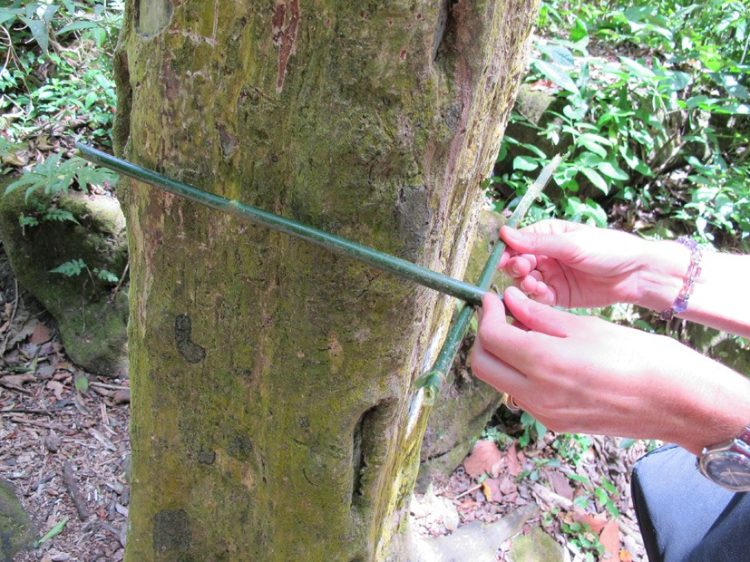A few miles north of the Panama Canal Zone lies the Valley of Square Trees, a unique tourist attraction where trees of the cottonwood family have rectangular trunks.
Unique in the entire world, this group of square-shaped cottonwood trees grows in a valley created from the ashes of a giant volcano – El Valle de Anton. Featuring hard-right angles, the trunks of the square trees have baffled tourists and scientists alike for several years. Experts from the University of Florida took saplings of the mysterious trees to see if they retain the same characteristics in a different environment, and concluded that their square shape must have something to do with conditions unique to the valley in which they grow. Evidence that the cause of this bizarre phenomenon is deep-seated is indicated by the fact that their tree rings, which represent its growth, are also square.












